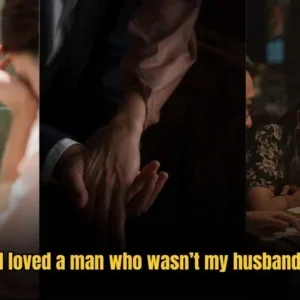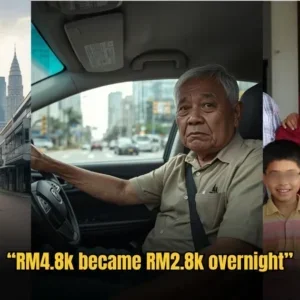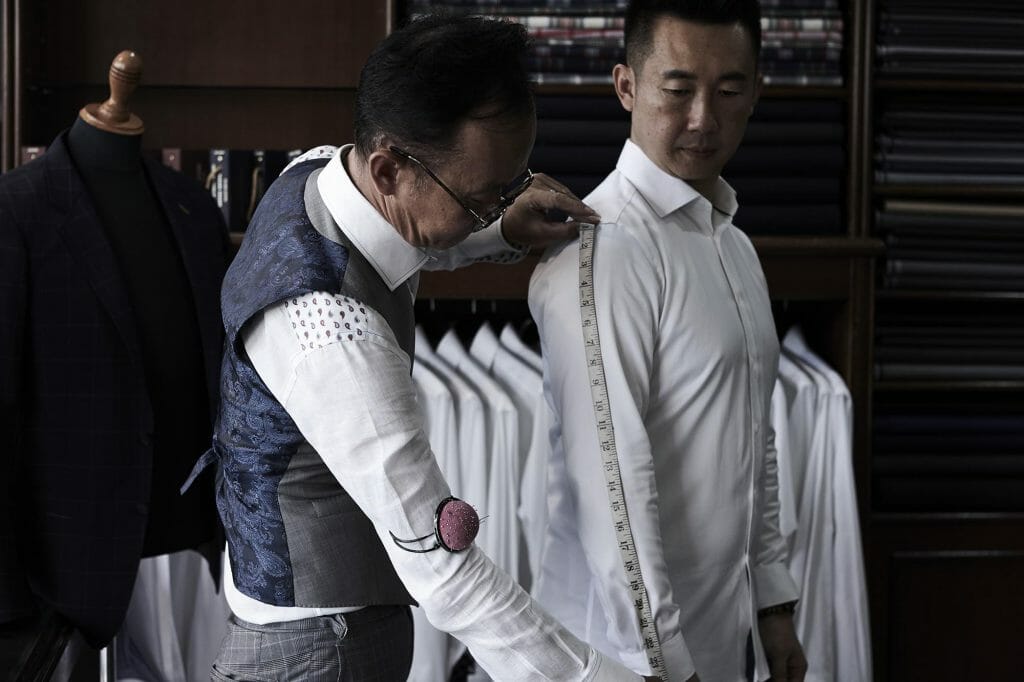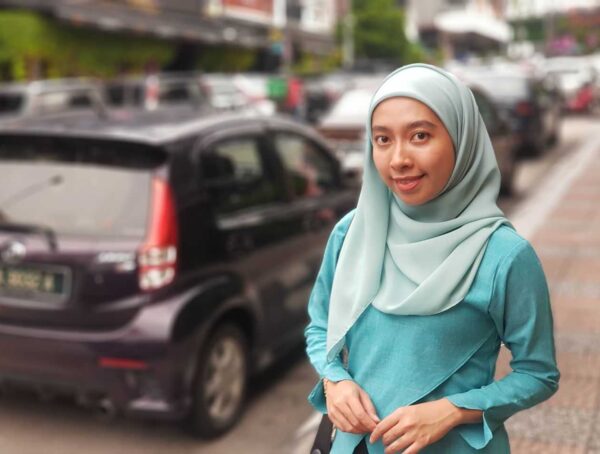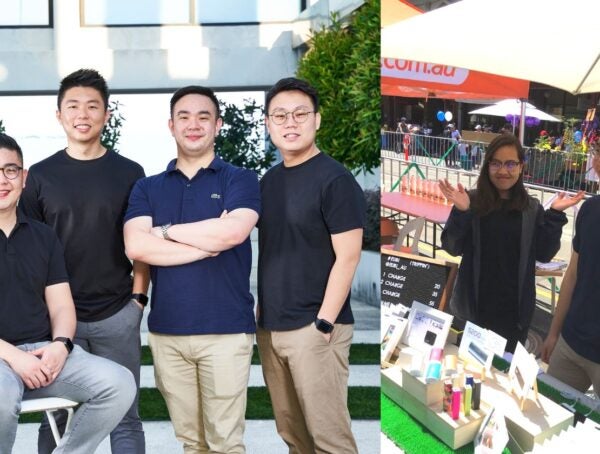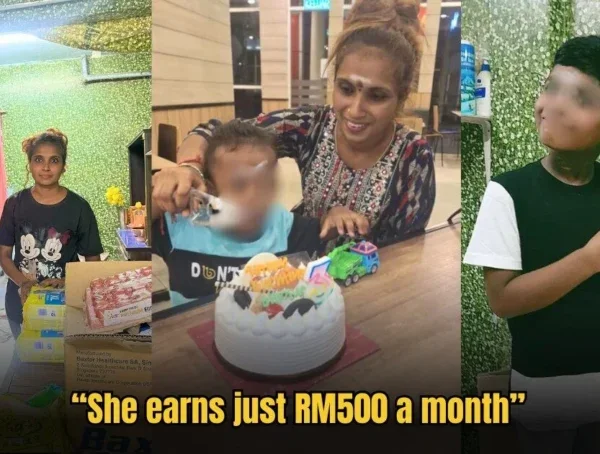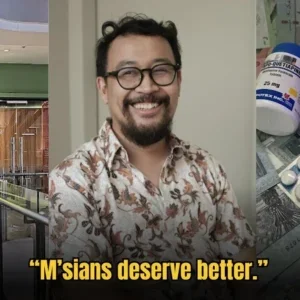Oxwhite is a manufacturer and seller of men’s shirts that are made to the same quality and workmanship as the exquisitely tailored shirts on Saville Row.
A year ago in 2018, Oxwhite took Malaysia by storm when they sold 3,000 shirts in 6 hours on their launch day.
We met up with C.K. Chang,founder of Oxwhite, to talk about his journey with Oxwhite.
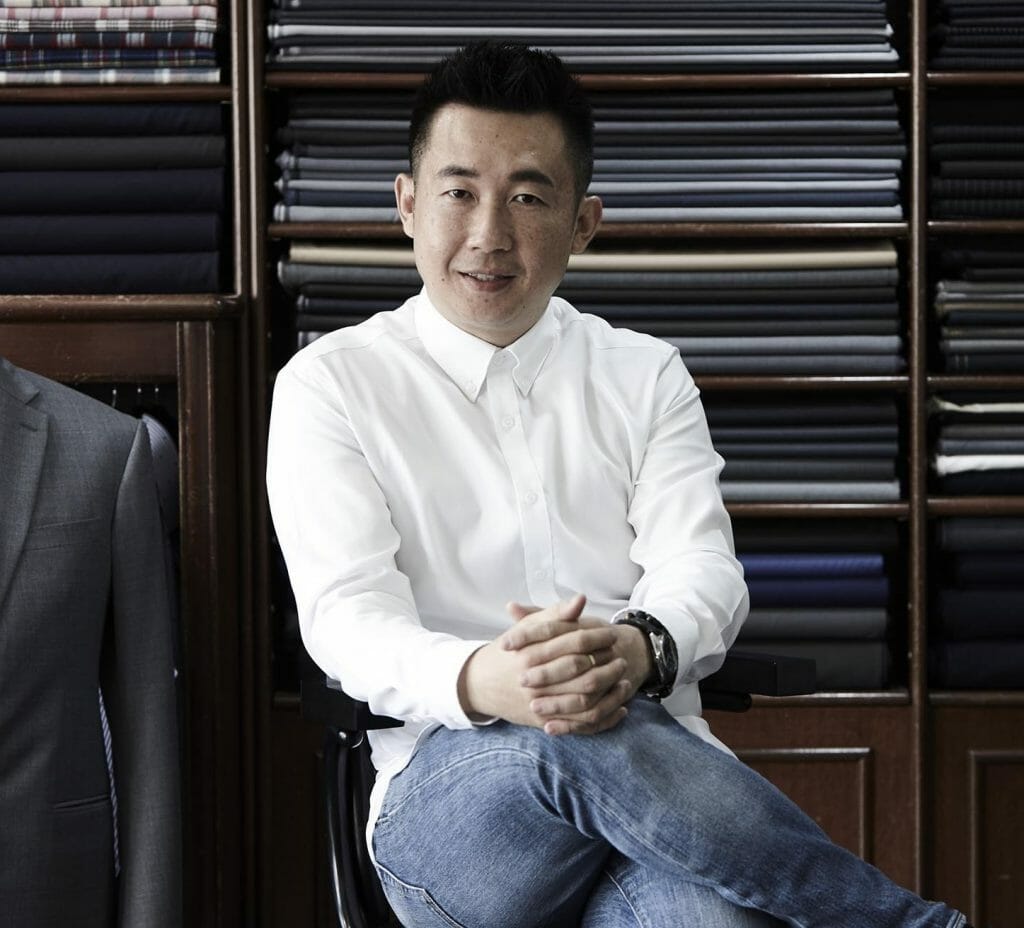
First off, what’s special about your men’s shirts?
We make european standard fabric and workmanship that fits into Asian physiques and Asian wallets. Our first product, the non-iron white shirt, traditionally retails for RM400 – but we managed to bring the price down to just RM69.
What was the inspiration for Oxwhite?
When I went to Saville Row in the UK, they tailor-made my shirt to a custom fitting, which brought a certain level of confidence in myself. I felt like Superman!
But it’s very, very costly. The starting point is 200-300 pounds. It can be affordable for our European counterparts to dress that well, but if you walk into any tailor in Bangsar, it’s a few thousand ringgit.
When I started Oxwhite, I wanted to bring that quality over to the Asian market, so they can enjoy the same level of comfort and confidence.
How did you make sure the Oxwhite shirts fit the Asian physique?
To look at the fitting, I went to UK, Europe, US, Thailand, Japan, Hong Kong, and Taiwan. What I realised was that the Asian brands fit us very well, but the European brands didn’t.
I cross-checked the data with local Malaysian stores that sell Hugo Boss or Brooks Brothers men’s shirts, and the biggest customer feedback on their shirts was that they had to alter the shirt’s sleeve length.
Europeans are taller on average, so their bodies are longer, they have longer arms – so their sleeves are longer by default. So it took us a few months, but we perfected the cutting until our shirt now fits most Asians.
Do you wear your shirt all the time now when you meet new people?
Yes. (Laughs). When I meet new people, they all want to see the white shirt. So I wear it for them.
Tell us about your first entrepreneurial experience with Haven Books while you were a college student.
I was a self-funded student, so I was looking for ways to pay my tuition fees and living expenses. My parents had only prepared one year of funds for me to study, so on the second year onwards, I started my own business.
My Canadian roommate gave me the idea: “Why don’t you start a bookstore?” He brought this concept over from Kingston University, actually, but it was run by the student union at a very small scale.
I got him to join me, and that’s how we started our first business in university. We took the same concept, did our own advertising, and built our own tracking system. Instead of manually keeping track of the books, we printed barcodes to trace the owner. Once it’s sold, we’d take a 20% cut.
The business grew overnight, and we became the preferred choice of students on campus.
How did your pre-order business model reduce costs for Oxwhite?
I took my inspiration from AirAsia – if Tony Fernandes can use 100 million dollars worth of planes to sell you tickets a year in advance, why can’t I do that with my shirts?
The biggest problem in the apparel industry today is the over-inventory. A lot of the shirts we wear today are planned 6 months, even 9 months in advance.
A lot of the time, there’s ill-judgement of what is going to be the next big hit. So you’ll end up with a lot of overproduction.
If you look at the UK, Europe and the US, it’s actually cheaper for them to dump the shirts than to sell them at a cheaper price. That’s because of the high rent costs in keeping retail space and warehouse space, so they have to clear the apparel fast or lose money.
By using the pre-order model, we could save on the distribution channels and forward those savings to our customers.
When it came to launching the Oxwhite shirt, what were the challenges involved?
It was the toughest sale I’ve ever done in my life. At the time, going to buy a men’s shirt was a brick and mortar affair, regardless if you were a Millennial or Gen X.
People want to try on a shirt before making a purchase, and to convince them to wait 3 months for the shirt was unheard of. The customer would go: ‘‘Three months? No lah. Don’t waste my time.”
In today’s instant gratification culture, asking people to wait for three months is impossible. People don’t even wait 3 months for a car, forget about shirts!
Was it the price point that wowed customers?
How I managed to overcome this wasn’t through the price point, but through storytelling.
I am grateful to have met George Evelyn, my storytelling mentor, at a BFM workshop just a month before the launch of Oxwhite.
I was so eager to get answers, because my initial test on customers showed that they were not responsive to our ads. We had tried strategies like “targeted”, “cheap price” …they weren’t interested.
So George told me, “CK, why don’t you tell your story? Since you believe that confidence doesn’t need to be expensive.”
So I outlined my journey in the Times; how I went to Saville Row and got a confidence boost with my new shirt; how I quit my job and travelled to the UK to try to find the right fit; how I found a factory that had a large MOQ (Minimum Order Quantity), and how I drummed up financial backing.
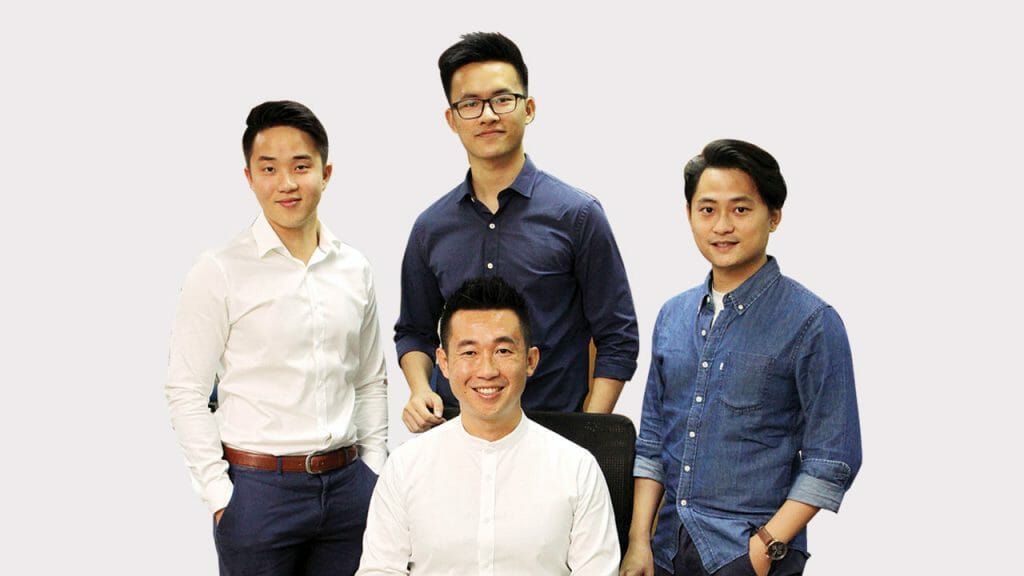
C.K. with Dai Yukang (left), Zhang Yuheng (middle) and He Jinwei (right), leading Oxwhite together.
How did storytelling help you sell your shirts?
I believe storytelling lets you connect with your customers emotionally.
When you visit the Pasar Malam (night market), the produce sellers all sell by price. 6 for 10, 5 for 9..Nobody cares where it’s from. But what if you told them the story behind your produce?
Every year before Chinese New Year, I used to buy fruits from this wholesale market in Selayang. One time, I watched the oranges coming in crates, and I asked, where are these from? “It’s from Egypt,” the seller said. I looked and I could see the arabic wording on the crates.

So I started imagining the Pyramids with orange trees all around, and I said, give me 10 of those crates. I was so happy with my purchase, I immediately went back to my friends and said: “These oranges are from Egypt, you have to try them, they’re so sweet.”
Two weeks later I went back to the pasar malam and I asked the orange seller: “Where are these from?” He replied: “Egypt lah.”
“But why on earth don’t you tell people?” I asked. If they displayed the oranges nicely, then people can picture where it’s from. If they bothered to tell the story, the consumer will gain. But nobody dared.
The wisest words my mentor always told me were, “Facts tells and story sells.”
What would you do if you weren’t able to launch Oxwhite successfully?
You would see me selling my Oxwhite shirts at the pasar malam (laughs).
It was a big risk, because there were barriers to entry that were quite high. Not many people would consider making a Supima cotton white shirt.
A competitor did come around and made a white shirt, almost exactly like mine, but they didn’t realise that Oxwhite’s success was in the storytelling. You could sell anything, like white underwear, but why would you copy me? Better to tell your story.
People don’t buy based on your product, people buy based on your story.
What advice can you give to budding entrepreneurs?
It depends what stage they are in. Putting aside all the qualities an entrepreneur has to have, my biggest breakthrough was having a role model.
I am very clear with myself: I want to be like Tony Fernandes.I’ve read his book, I listened to his interviews, I know all the challenges he’s been through.
Let’s say I need to get a financing of RM5 million, but when Tony was at my age, he needed to get a finance of RM50 million. His pressure is 10 times more compared to mine, so what is there for me to complain?
Any small challenge that I have, it would be peanuts compared to what he’s been through. It truly gives you a sense of perspective.
At what point in your life did you start being an entrepreneur?
I always had the entrepreneur spirit within me, but the biggest turning point was how I loved to admire people who were successful.
I didn’t get jealous – the way other people are jealous of success. Rather, I felt empowered by other people’s success to follow in their footsteps.

For more stories from entrepreneurs, read Meet Tim: Entrepreneur, Businessman, and Dad and What It Takes to Be a Good Leader and How Best to Work with Millennials.

You might also like
More from Real People
She’s a Single Mom With 4 Kids and Severe Asthma — And Now the Landlord Wants Them Out
In Subang Perdana, a Malaysia Indian mother of four is doing her best to survive — raising her children alone …
“I Save RM1,000 More Than in Kuala Lumpur,” Shares Pharmacist Working in a Rural Town in Johor
This story is about a M'sian pharmacist who, despite the challenges of a saturated job market, carved out a fulfilling …
“He Wants It Every Night,” Shares M’sian Woman Who Regrets Marrying Her ‘Perfect’ Husband
This story is shared by an anonymous M’sian woman who regrets marrying her husband because he insists on consummating their …
